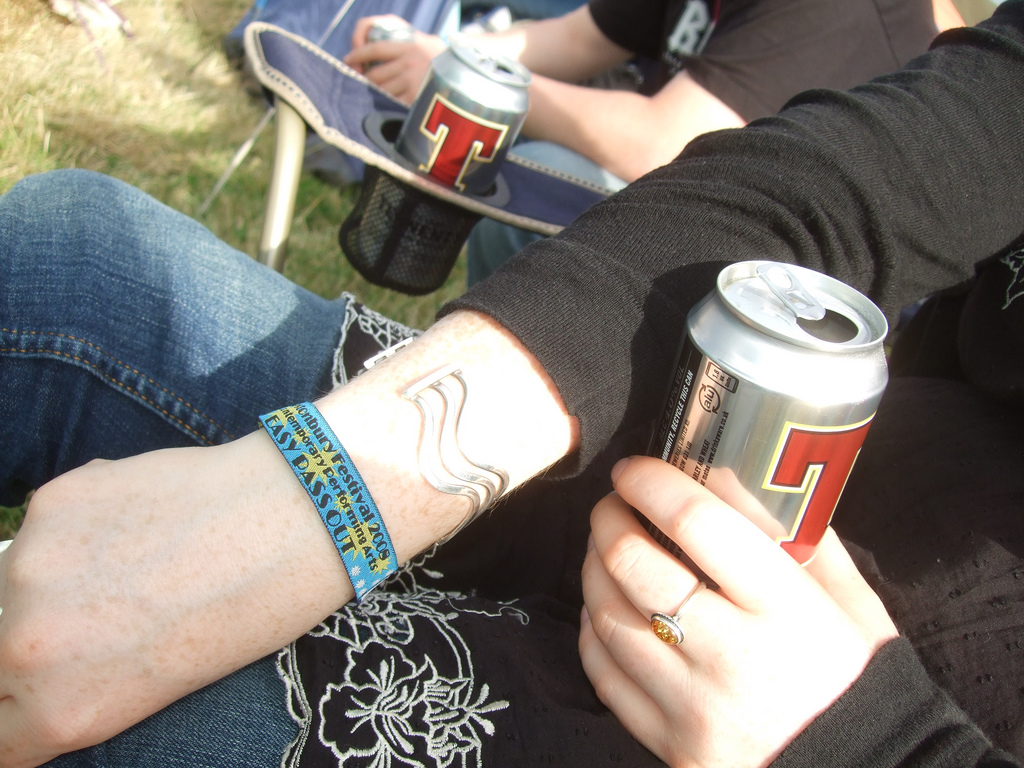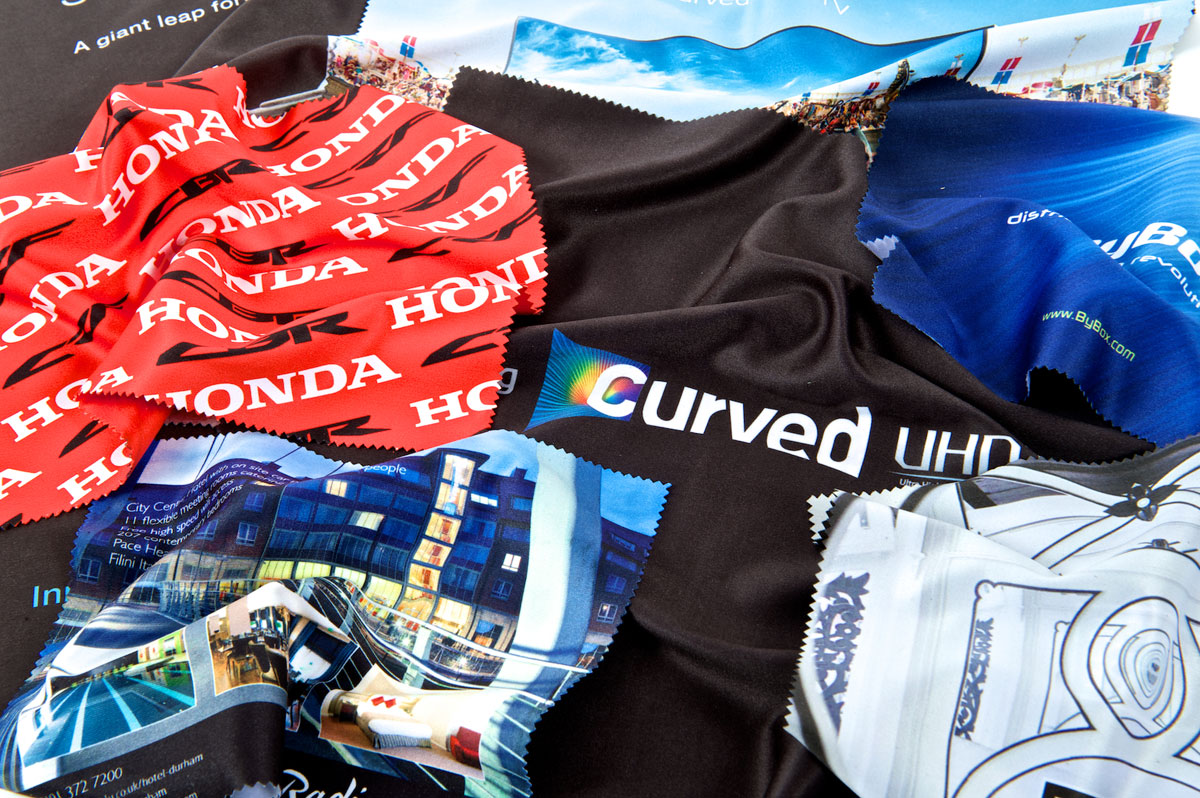A decade ago, you never would have guessed that silicone wristbands would make such a big impact for some of the largest non-profit organisations in the world. These simple, inexpensive wristbands can now be seen worn by millions of people who want to support and raise awareness for causes they care about. Let’s take a look at the history of these wristbands and the ways that organizations have used them to make a splash in the non-profit world.
Launching Live Strong Wristbands.
Charity wristbands first appeared on the scene when world-famous cyclist Lance Armstrong created yellow wristbands with his charitable foundation’s slogan, “Live Strong,” appearing on the side. Nike underwrote the production of the first run of 5 million bracelets, which were put on sale in May of 2004 to coincide with Armstrong’s appearance in the Tour de France after battling cancer.
Various Silicone Charity Fundraising Wristbands
Throughout the race, people took notice of the bracelets, and the original run of charity silicone wristbands sold out, with £1 in proceeds going to the Lance Armstrong Foundation for the sale of each wristband. The wristbands actually sold on the secondary market for far more than £1 each after they sold out.
Many people purchasing them to show their solidarity behind a loved one who battled cancer or to get on board with the latest fashion trend. In total, about 50 million charity wristbands have been sold since the launch.
Other Charities Jump Aboard.
After seeing the success of the Live Strong silicone wristbands, many other charities have used similar strategies to get their message out while raising money for their cause. Some of the most popular colours include the light pink wristbands for breast cancer awareness, blue to beat bullying, red for AIDS, green for kidney donation, and blue mixed with white for Hurricane Katrina relief.
One of the biggest charity wristband success stories outside of the Lance Armstrong Foundation can be seen in the “Make Poverty History” campaign. These white charity wristbands were incredibly popular in Europe in 2005, when many charities joined together in an effort to eliminate poverty.
Stars like Bono and Elton John wore them to help raise awareness, and the organization designated three days when people across the country wore them, with about 8 million individuals participating.
Producing and Selling Charity Fundraising Wristbands.
Any organization can create and sell its own wristbands to raise awareness and funds. Many companies will customise wristbands to the style design you want. Once you have the bands, all you have to do is offer them for sale, usually for £1 each, and designate the proceeds as funds for your organization.
One important thing to remember is that you should not make imitations of another charity’s slap bands and sell them to keep the proceeds for yourself. It’s important to be upfront about what the bands are and where the money from their sale is going. As long as you’re honest, charity wristbands can be a great fundraiser.



